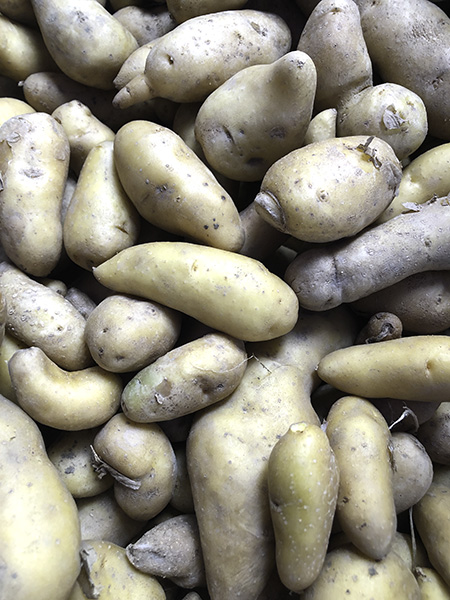
This blog has been silent for two months, so I can’t blame my neglect on the plague abroad in the land today.
Going forward however, I’m going to invoke the impact of the coronavirus as at least a part of the explanation for why these posts ae going to be more abbreviated than they were in the past.
Almost every ingredient will still be coming from our local Union Square Greenmarket, as long as it is able to serve our community.
I’m still going to be cooking almost every night, and I will be trying to make each meal as tasty as I can, and interesting enough to share, even if I won’t always get around to doing so.
So far we’ve been able to enjoy some pretty wonderful meals, thanks to my ability to continue accessing the sources that had made their equivalents possible in the past.
last night’s meal was one of the best, thanks mostly to the Union Square Greenmarket and the other markets in the city, the intense work and dedication of their people during these days, along with that of the farmers, fishers, bakers, and other artisans who bring us this bounty.

- the very fresh local black sea bass, from Pura Vida Seafood Company, was sautéed simply, with no seasonings added, other than local sea salt and fresh pepper, cooked perfectly à point, and also perfectly delicious, crispy too; the blue oyster mushrooms, also sautéed, were joined by a tiny bit of dried hot smoked chili and only slightly larger amount of a terrific seasoning pepper with no heat, then a bit of fresh lemon juice and fresh chopped parsley; the sautéed yellow endive was finished with a pretty simple balsamic vinegar butter and topped with a sprinkling of fresh oregano
- the wine was a Mâcon-Lugny Les Charmes 2017
- the music was a recording of Brahms’ complete string quartets and his piano quintet, by Quatuor Strada and Éric Le Sage
















